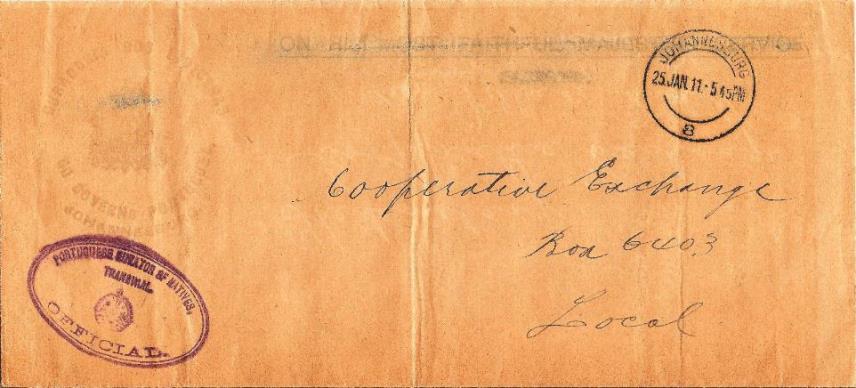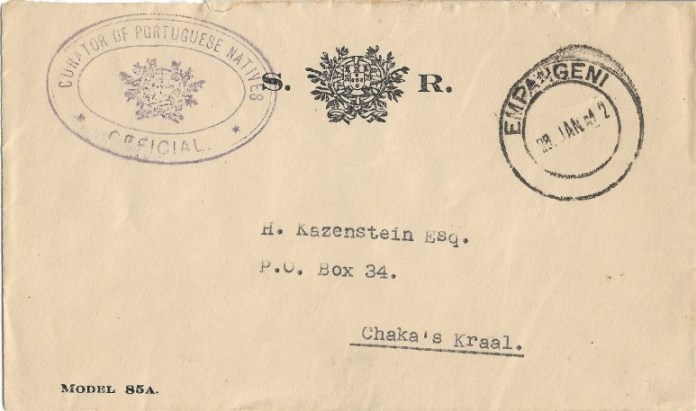References
1 Frankel, S.H., (1938), Capital Investment in Africa its course and effects, O.U.P., p.369.
2 Harries, H., (1994) Work, Culture, and Identity, Migrant Laborers in Mozambique and South
Africa, c.1860-1910, Portsmouth, N.H., Johannesburg and London, pp.130, 138, 167, 179-180, 197.
2a Woolgar, J., (2010), Chinese Indentured Labour on the Witwatersrand Gold Fields illustrated by Picture Postcards
published between 1904 and 1910, including an analysis of postcard and covers, p.19, England.
There is a Appraisal of this book on this website, 'Witwatersrand Chinese Labour'.
2b - see Other pages on this website: 'Transvaal Picture Postcards' - 'Chinese Indentured Labour on the Witwatersrand Gold Fields'.
3 Hansard, debate of 13th July 1909, vol.7, cc.1843-4.
4 Convention between the Governor of the Transvaal and the Portuguese province of Mozambique,
1st April 1909, signed by William Waldegrave, Earl of Selborne, on behalf of the British Government,
and Lieutenant-colonel of the general staff, Thomaz Antonio Garcia Rosado.
5 van der Horst, S.T., (1942), Native Labour in South Africa, O.U.P., London, pp.204, 216.

